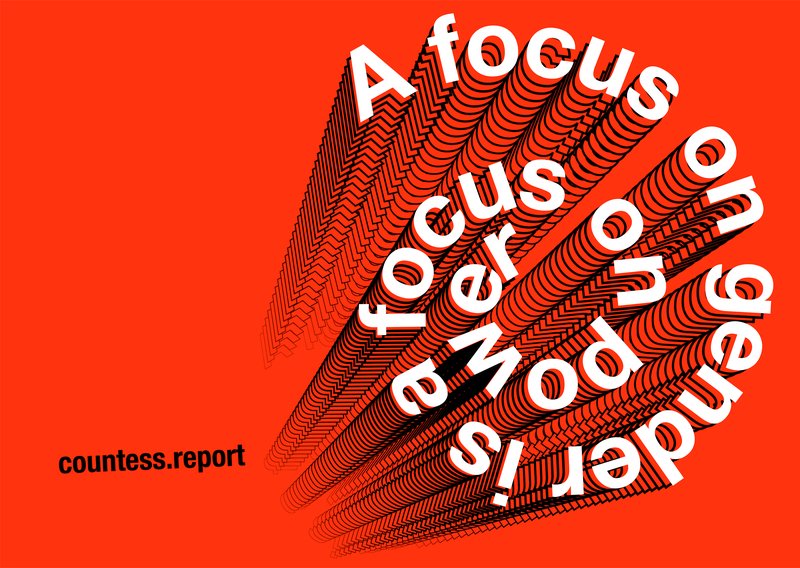Ahead of the release of a full draft of the new Code of Practice in mid-2022, NAVA has engaged Countess to inform the drafting of an entry on gender equity as part of a new section on Equal Opportunity in the visual arts. An independent artist run initiative, The Countess Report is a benchmark piece of research for the Australian visual arts sector documenting gender representation in the contemporary visual arts.
Countess writes:
A focus on gender is a focus on power. It is also a focus on the dynamics of labour, value, education and visibility. The Countess Report works to inform and influence systemic change through data collection and analysis. Countess’ upcoming contribution to NAVA’s new Code of Practice will bring our advocacy work to the forefront.
As we prepare to start counting for our 2022 Countess Report our conversations around gender and value are front of mind in order to critically observe trends and improve the representation of women and non-binary artists across the Australian art sector. In addition to updating all statistics from the prior 2016 and 2019 Countess Report, the 2022 Report will introduce two new focus, firstly we will be working with a First Nations advisory group to collect and analyse data on the representation of Aboriginal and Torres Strait Islander women and gender diverse artists in the sector, and secondly we aim to assess the impact of gender equity focussed campaigns run by state art institutions over the past four years.
We hope the 2022 Report will contribute new and expanded data driven research to gain a better understanding of diversity in the Australian visual arts sector. We are encouraged by the arts sectors responsive engagement with the dialogues around representation of women, non-binary, and culturally diverse artists, and the growing discussion about how race, class, or level of education may correlate with an individuals’ participation in the arts sector, and how this can be redressed.
Alongside the work of Countess, we draw attention to other projects including:
- Clear Expectations: Guidelines for institutions, galleries and curators working with trans, non-binary and gender diverse artists in Australia, commissioned by The Countess Report, supported by National Association for the Visual Arts (NAVA) and compiled by Archie Barry and Spence Messih.
- National Gallery of Australia’s Gender Equity Action Plan
- Sheila Foundation a national philanthropic foundation with a mission to overturn decades of gender bias by writing Australian women artists back into our art history.







